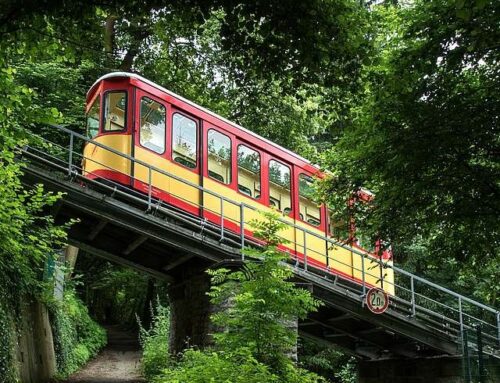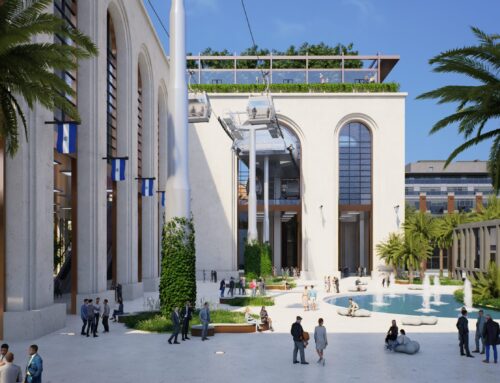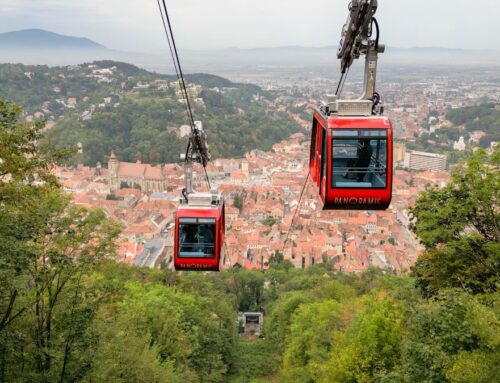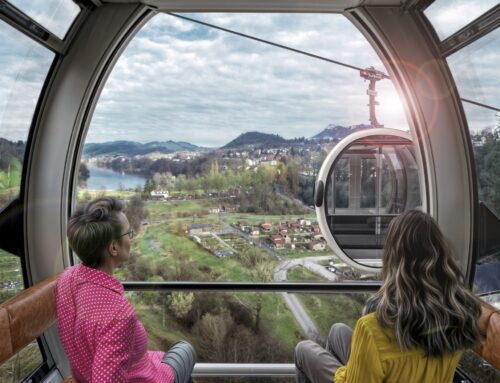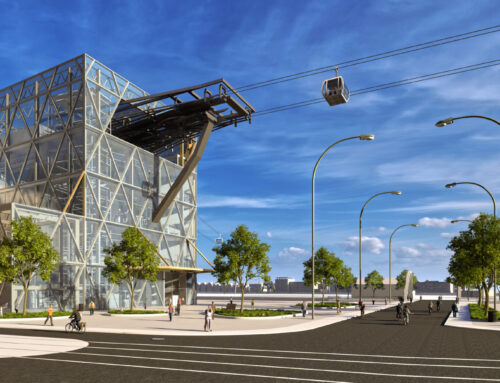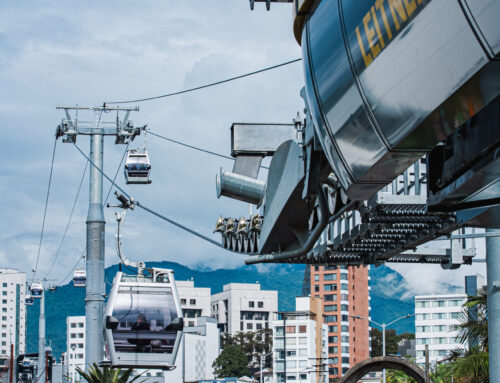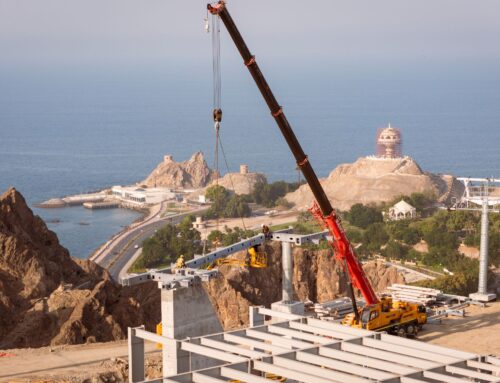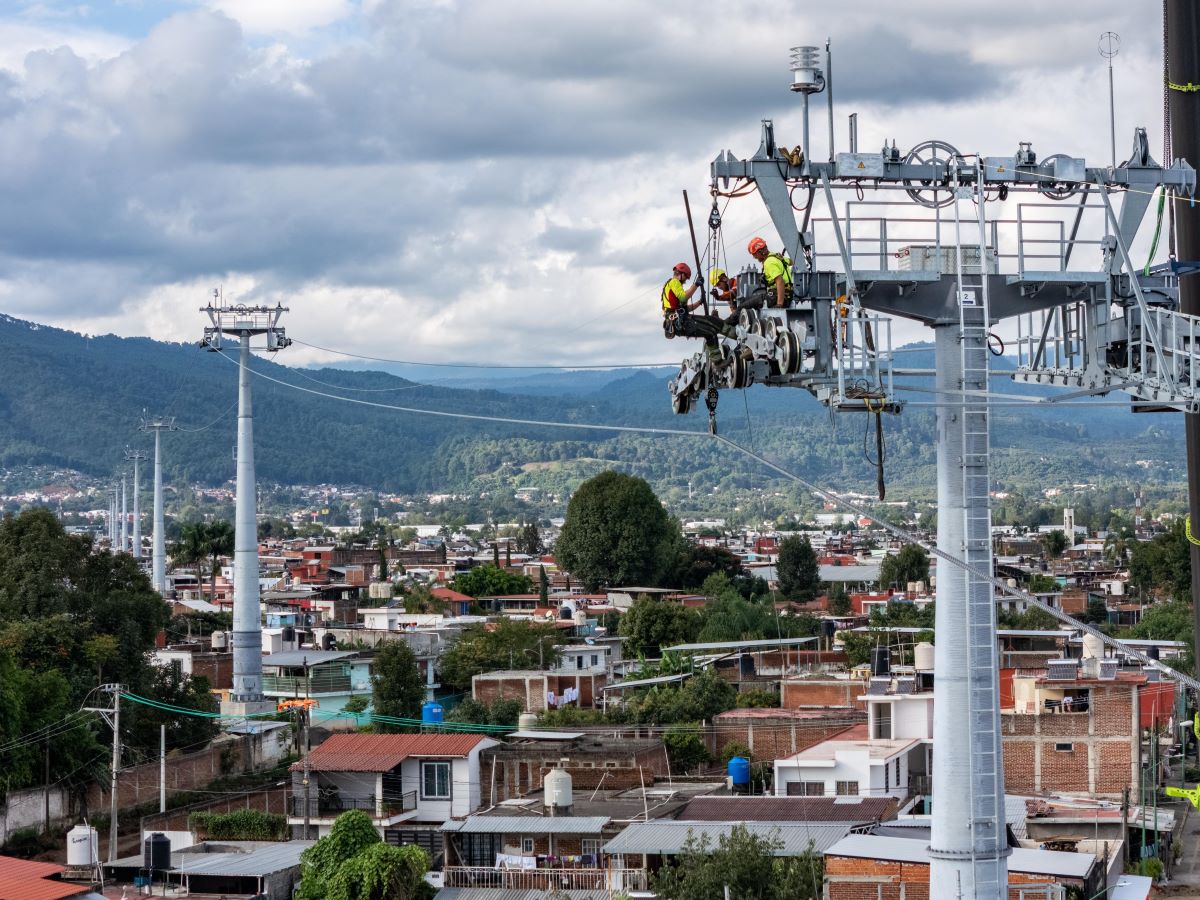
Cities, SI Urban 2/2025
Rope & Splice: The dream duo for urban cable cars
Urban cable cars are the highperformance vehicles of public city transport. Operating on average 18to 20 hours a day for around 350 days a year – totaling 5.500 to 7.000 hours – they carry commuters and tourists almost around the clock, linking suburbs with city centers and providing an alternative to traditional urban transit.
It is obvious that the haul and track ropes must withstand the highest levels of stress. Multiple intermediate stations, short spans, and high operating speeds often result in 60.000 to 250.000 sheave rotations per year, also known as bend cycles.
South America has been a pioneer in the use of cable cars for public transport. More than 20 years ago, the Colombian city of Medellín set the example, followed by Rio de Janeiro, Caracas, La Paz, Santo Domingo, Santiago de Chile, Mexico City, and many others. In La Paz alone, the network consists of eleven lines.
Perfect for the city:
PERFORMA runs smoothly and quietly.
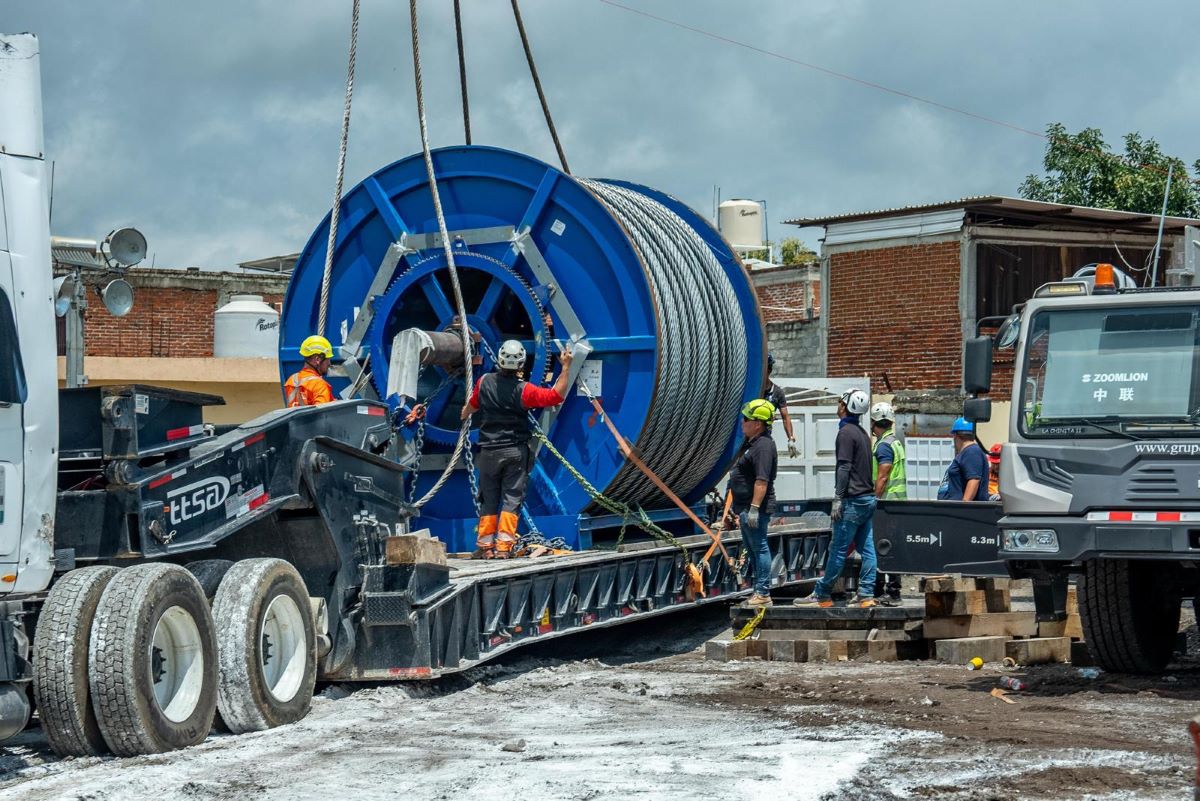
PERFORMA: The rope for urban demands
Half a dozen new systems are currently under construction, including the Teleférico San Cristobal in Bogotá, Colombia’s capital, and the 10-seater monocable gondola Uruapan in the Mexican city of the same name.
As with almost all systems in South America for which FATZER supplied the haul rope, the aforementioned installations use PERFORMA ropes – specifically developed to meet the demands of urban cable cars. Around one-third of all PERFORMA ropes delivered for urban systems are used in South America.
Their durability under heavy usage, reduced maintenance requirements, and quiet operation make them an obvious choice for urban environments, where thousands of people depend on reliable service daily and any downtime can cause major disruption.
Short long splice
TRUsplice ES reduces material, time, and labor requirements.
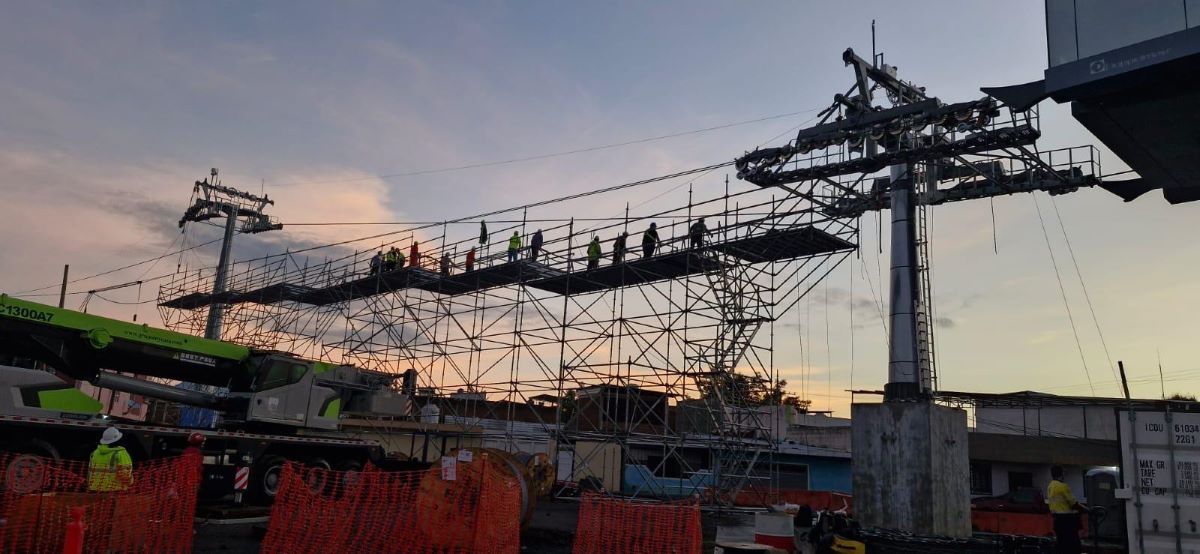
Three reasons for TRUsplice ES
FATZER’s PERFORMA rope is thus state of the art in South America’s major cities. FATZER applies the same standard to splicing – the process of joining the rope ends to form a loop. Ten years ago, the company developed the short long splice TRUsplice ES (Engineered Solutions).
While already established on other rope types, the technology truly takes off with the certification for PERFORMA, providing the foundation for long-lasting performance in urban environments.
First: space and location
Splicing work in urban areas requires complex scaffolding, as stations are often located in densely built-up spaces or on steep terrain where the rope cannot simply be laid on the ground. A single rope, such as the 50-millimeter-diameter rope used on the Uruapan monocable gondola, requires a working area of at least 60 meters in length.
With TRUsplice ES, the total splice length can be reduced to a maximum of 730 × rope diameter – almost half the usual length. This allows for significantly less complex and costly scaffolding, or even eliminates the need for it entirely, since the splicing can be carried out within the station. The spatial advantage is just as important for overlay splicing as it is for rope replacement.
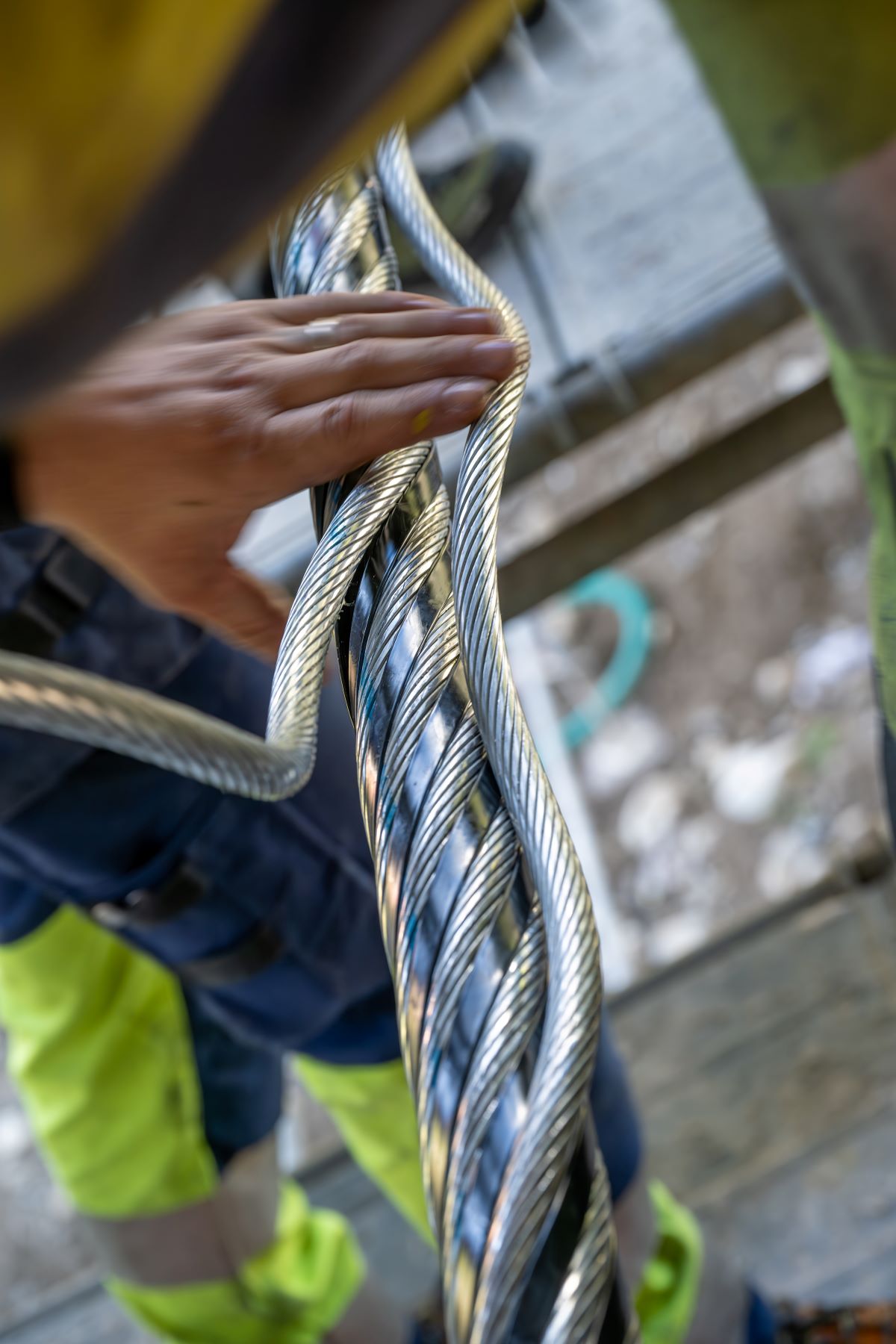
Secure rope:
With TRUsplice ES, the high quality of the splice on the PERFORMA rope is maintained.
Second: time and cost advantage
Thanks to the shorter splice length, the actual splicing work can be reduced by about one-third. Additional time savings come from less complex pr eparation, assembly, and dismantling of scaffolding and rope tensioning.
The reduced material and labor requirements result in cost savings, which are especially important for urban systems, where budgets are tighter and fares must remain affordable for passengers.
Third: fewer support staff
A significantly shorter splice requires far fewer assistants. With TRUsplice ES, up to one-third fewer people are needed – for a 50-millimeter rope, experience shows that only eight workers are required instead of twelve. This is particularly important in South America, where experienced personnel are often hard to find.
Conclusion
Used together, PERFORMA and TRUsplice ES form the dream duo on the “dance floor“ of urban cable car operations, tackling its challenges and meeting its high demands.
